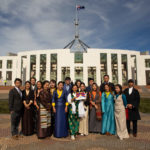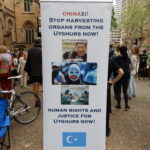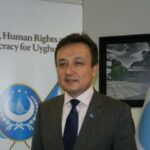China Rolls Out Forced Labour Camps in Tibet: An Interview With ATC’s Gemima Harvey
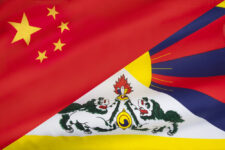
Seventy one years after the Chinese Communist Party (CCP) first sent in troops to begin its takeover of the free and independent nation of Tibet, Beijing is again escalating its project of decimating the culture and society of the sovereign people, as it implements a system of forced labour camps.
A just released report by Washington-based research institute the Jamestown Foundation, which has been corroborated by Reuters, sets out that the Chinese government has established a series of military-style labour camps throughout the Tibetan Autonomous Region (TAR).
A notice on a local government website outlined in August that over the first seven months of this year, more than half a million local farmers and nomads were sent into the camps for training. This accounts for around 15 percent of the region’s entire population.
The scheme further involves Tibetans handing over land and herds to government co-ops and undergoing political indoctrination delivered in Mandarin to stop their “backward thinking”, before being sent off to work as low-paid wage labourers in regions other than where they’re from.
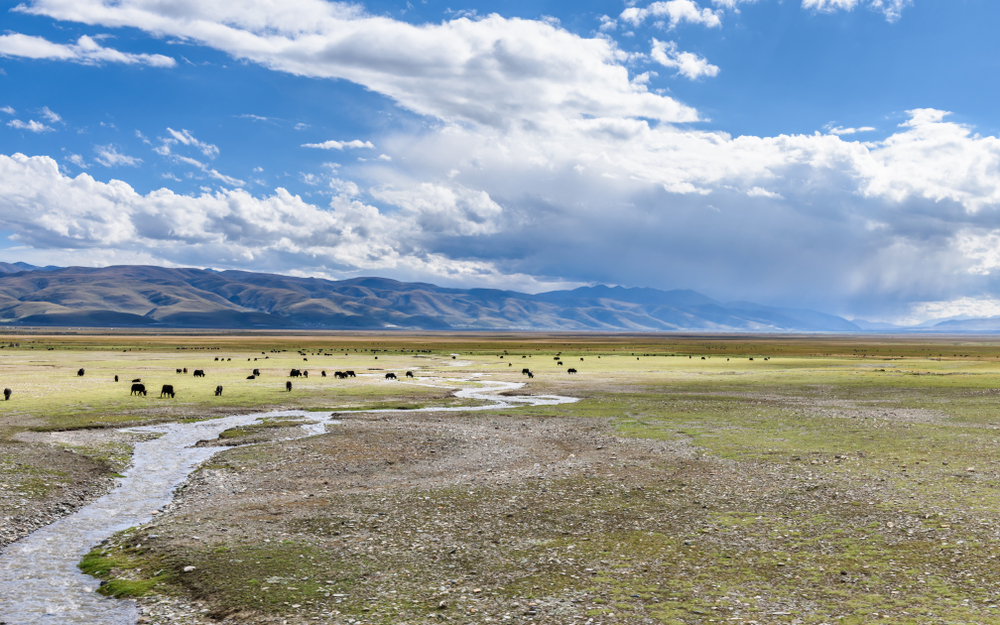
Cultural genocide
Freedom in the World 2020 ranks Chinese-occupied Tibet as the third most oppressed region on Earth. Chinese president Xi Jinping announced at the end of August that Beijing plans to intensify the sinicisation of Tibetan culture, meaning erase it and replace it with Chinese modes of behaviour.
Radio Free Asia reported this month that in regions of the Tibetan country that fall outside of the TAR, Tibetan students are being forced into boarding schools where only Mandarin is spoken, or the curriculums at local schools are being taught entirely in the Chinese language.
The emerging labour camps in the TAR have been likened to the internment camps in the province of Xinjiang – Chinese-occupied East Turkestan. That system has involved over a million Uyghurs being forcibly detained in camps that commenced operating in early 2017.
In taking on the role of Xinjiang CCP secretary in 2016, Chen Quanguo is responsible for the roll out of the region’s camps. Initially having cut his teeth as Tibet CCP secretary, Quanguo implemented policies in the TAR that have led to it being one of the most heavily surveilled places on the planet.
Tibet will be free
Beijing claims that Tibet was always part of China. However, around 70 years of occupation has not been long enough to wipe out nationhood.
As the Tibetan Youth Council’s Tsewang Dolma pointed out in 2018, the nation of India, where she resides, was occupied by the British for around 200 years.
Sydney Criminal Lawyers spoke to Australia Tibet Council digital campaigner Gemima Harvey about the emerging information on the forced labour camps, how it’s not the first policy to forcibly relocate Tibetan populations, and the ATC’s push for our government to implement Tibet legislation.
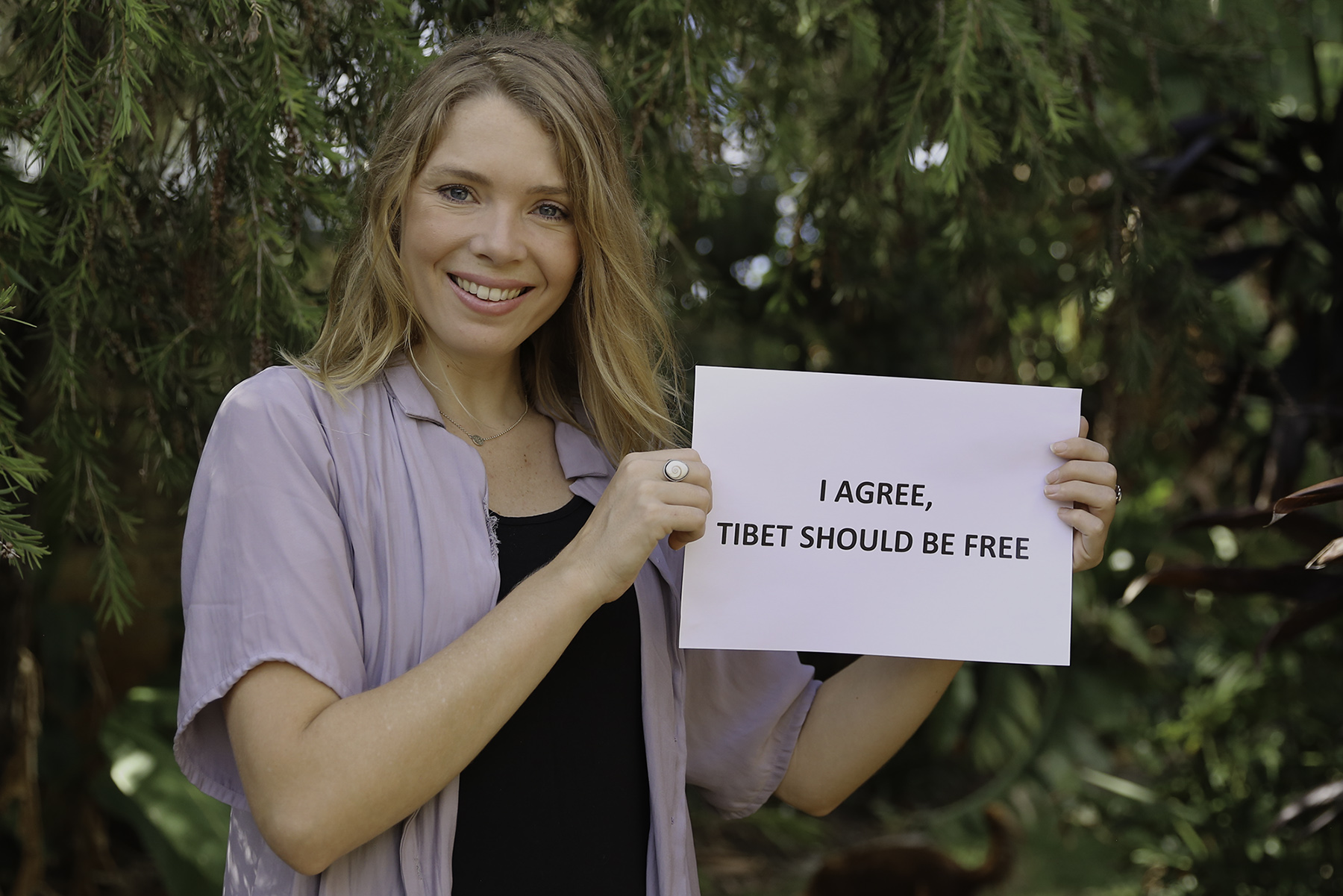
Firstly, it’s just come to light that around half a million rural Tibetans have been forced into military style labour camps in the Tibetan Autonomous Region.
It’s officially said that these subsistence farmers and nomads are being recruited so as to lift them out of poverty. In your opinion, Gemima, are these people willingly walking into these camps?
We can gather that Tibetans are not willingly walking into these camps by looking at the available evidence and the history of forced eviction of nomads from their land.
Tibetan nomads have lived sustainably on the roof of the world for centuries, however the Chinese government has been relocating them into concrete settlements for the last two decades, under different housing and migration schemes.
Interviews with farming and herding communities conducted by Human Rights Watch illustrate the involuntary nature of these past relocation schemes and show how Tibetans become worse off, disenfranchised and disconnected from their own way of life.
These past policies – like the forced labour camps we are now learning about under the 2019-2020 Farmer and Pastoralist Training and Labor Transfer Action Plan – cut Tibetans off from traditional livelihoods, and speed up the loss of language, culture and religion as Tibetan ways of thinking and being are transformed into the way of life that Chinese policies impose.
This is evident from the “vocational training” under the scheme that aims to reform “backward thinking” and includes training on “work discipline”, as well as “diluting the negative influence of religion”.
This reads very clearly in the report as indoctrination and forced labour. And while the forced labour that’s occurring in Tibet does not appear to go to the extreme of what’s happening to Uyghurs in East Turkestan (Xinjiang), according to the evidence that’s available, there are clear elements of coercion.
The recent report by Adrian Zenz shows an acceleration of policies seen in the past that are said to be about poverty alleviation but add up to a clear pattern of subjugation with the effect of deteriorating Tibetan identity.
Tibet is tightly restricted to the outside world, and Tibetans face severe punishments for communicating grievances about the Chinese Communist Party’s policies, so it can be difficult to get first hand testimony.
And we cannot comment on, at this stage, the sort of conditions that Tibetans are enduring in the labour camps other than what has come to light in the new report.

As part of this process, the farmers and nomads are being asked to hand over their lands and herds to state-owned cooperatives, and in this way, they become shareholders in the government scheme.
What’s at play here?
This aspect of the scheme is another method of social control.
By separating farmers and nomads from their way of life and livelihoods and into state-controlled systems, the CCP further assimilates Tibetan identity into the Chinese state and can further its claims of poverty alleviation by creating measurable cash incomes.
To illustrate how this policy goes against Tibetan nomads’ belief system and way of being, we only need to consider the words of Konchok Gyaltsen, who grew up in a Tibetan nomadic family, before fleeing to India and then migrating to Australia.
He was interviewed recently by SBS and said that as a nomad, it never occurred to him that he was in poverty because he felt a spiritual connection with his ancestral land and domestic animals.
“We call our animals ‘Nor’ (wealth) in Tibetan. So, our animals are our wealth.”
“As nomads, we don’t stay put at once place, we move around based on seasonal requirements, and this becomes extremely challenging for CCP to track and control our activities,” he told SBS.
His words are testament to the scheme being yet another attack on the Tibetan traditional way of life.
The Chinese Communist Party has been detaining large numbers of Uyghurs in internment camps in Xinjiang. This began back in April 2017 and the situation has escalated since then.
Are there concerns that there may be an escalation with this new camp system in Tibet?
The reports of forced labour camps in Tibet are a disturbing escalation of past policies in Tibet that have seen Tibetans forcibly resettled into concrete compounds, so it’s fair to be concerned that we will continue to see further crackdowns on the Tibetan way of life.
The forced labour camps do show many troubling similarities to China’s imprisonment and indoctrination of Uyghurs.
However, the report does not evidence that the Tibetan labour transfer scheme has the same level of securitisation or that extrajudicial internment is taking place as has been shown in East Turkestan.
We will be monitoring developments closely.
The camp system in Xinjiang has been put together by CCP secretary Chen Quanguo. Some of the grid-style surveillance and policing that the Uyghur population is now subjected to was first implemented by this notorious CCP member in Tibet, when he was in charge of that region.
How is the policing and surveillance situation in Tibet today?
Tibetans face intense surveillance in their daily lives. Tibetan towns and cities are dotted with security cameras, police checkpoints, security personnel and Chinese Communist Party (CCP) informants closely monitoring the daily lives of Tibetans.
The CCP has used the pretext of poverty alleviation to extend intrusive surveillance and social control mechanisms.
For example, one Chinese government document states that the grid management system and method of “double-linked households” is combined to “organise, educate and guide the people to participate and to support the fine-grained poverty alleviation…work.”
The Party-State seeks to control every aspect of public and private life, monitoring the activity of Tibetans to prevent dissent at an early stage and creating a climate of fear under the pretext of lifting people out of poverty.
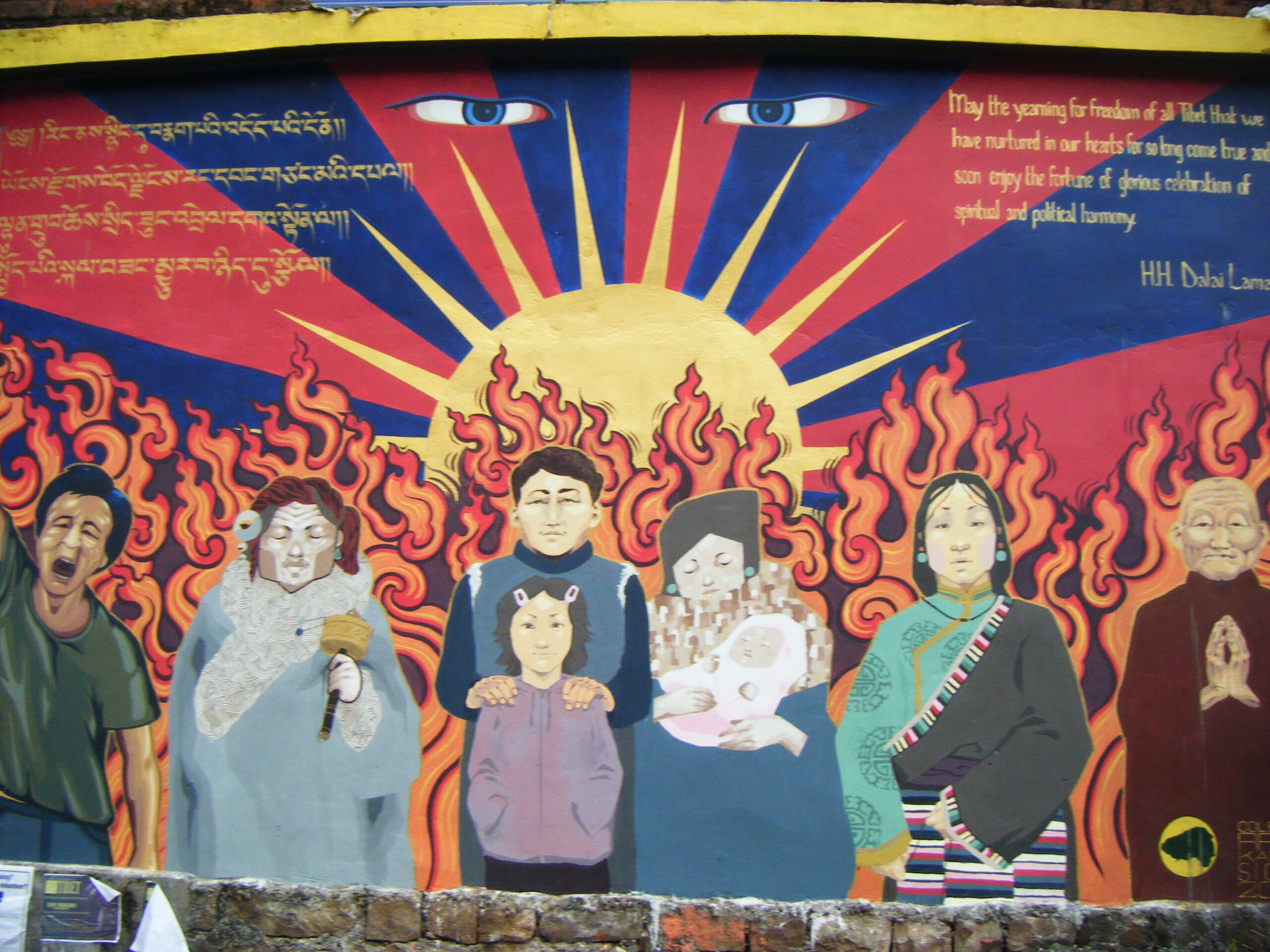
The CCP has cited the “diluting negative effect of religion” on the Tibetan community as a reason for the roll out of this program.
Meanwhile in other parts of Chinese-occupied Tibet, Tibetan students are being placed in boarding schools, so they’re forced to be educated in Mandarin and spend their entire days using the language.
Can you speak a bit on the push to eradicate Tibetan culture?
Nearly any expression of Tibetans’ religious or cultural traditions can be deemed criminal and “splittist” by the CCP.
Tibetan Buddhism is under severe attack in Chinese-occupied Tibet. Tibetans do not have the freedom to practice their religion meaningfully. They are arrested for merely keeping a photo of the Dalai Lama.
Monks and nuns are routinely forced to undergo “patriotic education”, which involves declaring their loyalty to the Chinese government instead of the Dalai Lama.
The atheist Chinese government tries to control the ancient Tibetan Buddhist system of reincarnation.
Having kept the Panchen Lama in captivity for the last 25 years, China now plans to interfere in the reincarnation of the next Dalai Lama.
Chinese president Xi Jinping announced plans in August to “strengthen unity and socialism” in Tibet by building an “impregnable fortress” to ward off splittism and maintain stability in Tibet, signalling further crackdowns on the Tibetan identity.
And lastly, Gemima, there has been discussion of banning China from holding the Winter Olympics in response to this latest assault on a minority population.
In your opinion, is that going to be enough? What do you assert should be happening to better the plight of Tibetans living in their own country?
Calling on the International Olympic Committee to reverse its decision for China to host the 2022 Winter Olympics is one way of trying to hold the CCP accountable for its human rights abuses.
On 1 October, there was a Global Day of Action to Resist China, with 180 civil society groups representing Tibetans, Uyghurs, Hong Kong citizens, Southern Mongolians, Taiwanese and Chinese democracy advocates.
There were protests in around 90 cities across the globe to call on governments to take strong multilateral action in response to unprecedented human rights abuses perpetrated by the Chinese Communist Party. In Australia, there were events in Sydney, Brisbane and Adelaide.
To better the plight of Tibetans living in their own country, China must be held accountable by the international community taking a unified stand so that the abuses do not continue with impunity.
A key issue is the way China has closed Tibet off to the rest of the world, controlling the flow of information and making any communication to the outside world dangerous for Tibetans.
This is why we are building support in the Australian parliament for access to Tibet legislation that would help to end the isolation of Tibet.
The law would call for reciprocal access to Tibet so that Australian journalists, diplomats and tourists could travel to Tibet, just as their Chinese counterparts can freely travel to Australia.
If our parliament approves such legislation, it will be following the precedent of the United States, who signed the Reciprocal Access to Tibet Act in December 2018.
Similar proposals are before the British parliament and are under consideration elsewhere in Europe.



